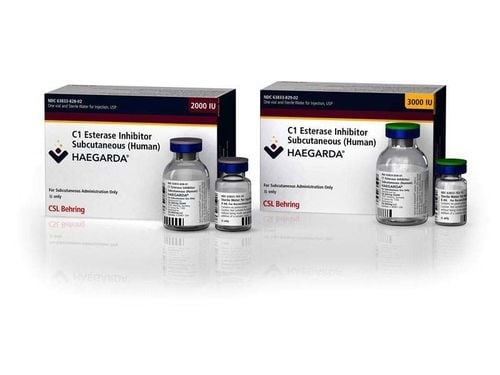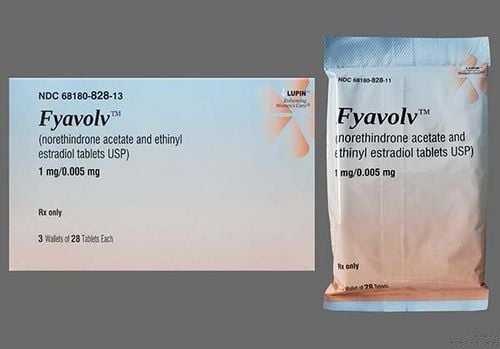This is an automatically translated article.
Perimenopause and menopause are inevitable stages in any woman's life. It is very necessary to prevent and minimize events and protect health during this period.1. What is hormone therapy?
Hormone replacement therapy is used to relieve the symptoms of perimenopause and menopause. In the case of patients who have never had a hysterectomy, hormone therapy is the oral hormone estrogen, along with a progestin.
Therapy that uses estrogen plus progestin is also known as 'combined hormone replacement therapy' or simply 'hormone therapy'. Taking a progestin is intended to reduce the risk of uterine cancer when estrogen alone is used. If the patient has had a hysterectomy, estrogen will be prescribed without progestin. Hormonal therapy that uses only estrogen is called 'estrogen therapy'.
2. What are the uses of hormone replacement?
The hormone estrogen has many uses. Systemic formulations include oral tablets, patches, or gels and sprays applied to the skin. If a patient is prescribed a progestin, this hormone can be found alone or in combination with estrogen in a pill or patch.
With systemic hormone replacement therapy, estrogen is released into the bloodstream and then delivered to organs and tissues in need. Women who only experience vaginal dryness may be prescribed topical hormone therapy in the form of a vaginal ring, suppository, or cream. These forms of hormone replacement only release a small amount of estrogen into the tissues of the vagina.
3. What are the benefits of hormone replacement therapy?

Lợi ích của liệu pháp hóc môn thay thế
Systemic estrogen therapy (with or without progestin) has been shown to be the best treatment for hot flashes and night sweats. Both systemic and topical forms of estrogen hormone therapy are effective in reducing vaginal dryness. Systemic estrogen protects against bone loss that occurs early in menopause and helps prevent hip and spine fractures. Combination estrogen and progestin therapy may reduce the risk of colon cancer.
4. So what are the risks of hormone therapy?
Hormone therapy may increase the risk of certain types of cancer and other conditions:
Estrogen-only hormone therapy increases the lining of the uterus and may lead to a higher risk of uterine cancer . Combination hormone therapy has always been associated with a slightly increased risk of myocardial infarction. This risk may be related to age, underlying medical conditions, and when a woman starts taking hormone replacement therapy. Combination hormone therapy and estrogen-only therapy are associated with a slightly increased risk of stroke and deep vein thrombosis (DVT). Non-oral forms of hormone replacement such as patches, sprays, rings and so on have a lower risk of causing deep vein thrombosis than oral forms. Combination hormone therapy is also associated with a slightly increased risk of breast cancer. The risk of gallbladder disease is also slightly increased when people use hormone therapy with or without progestin. The risk when taking the oral form is highest.
Please dial HOTLINE for more information or register for an appointment HERE. Download MyVinmec app to make appointments faster and to manage your bookings easily.
Article referenced source: Acog.org












